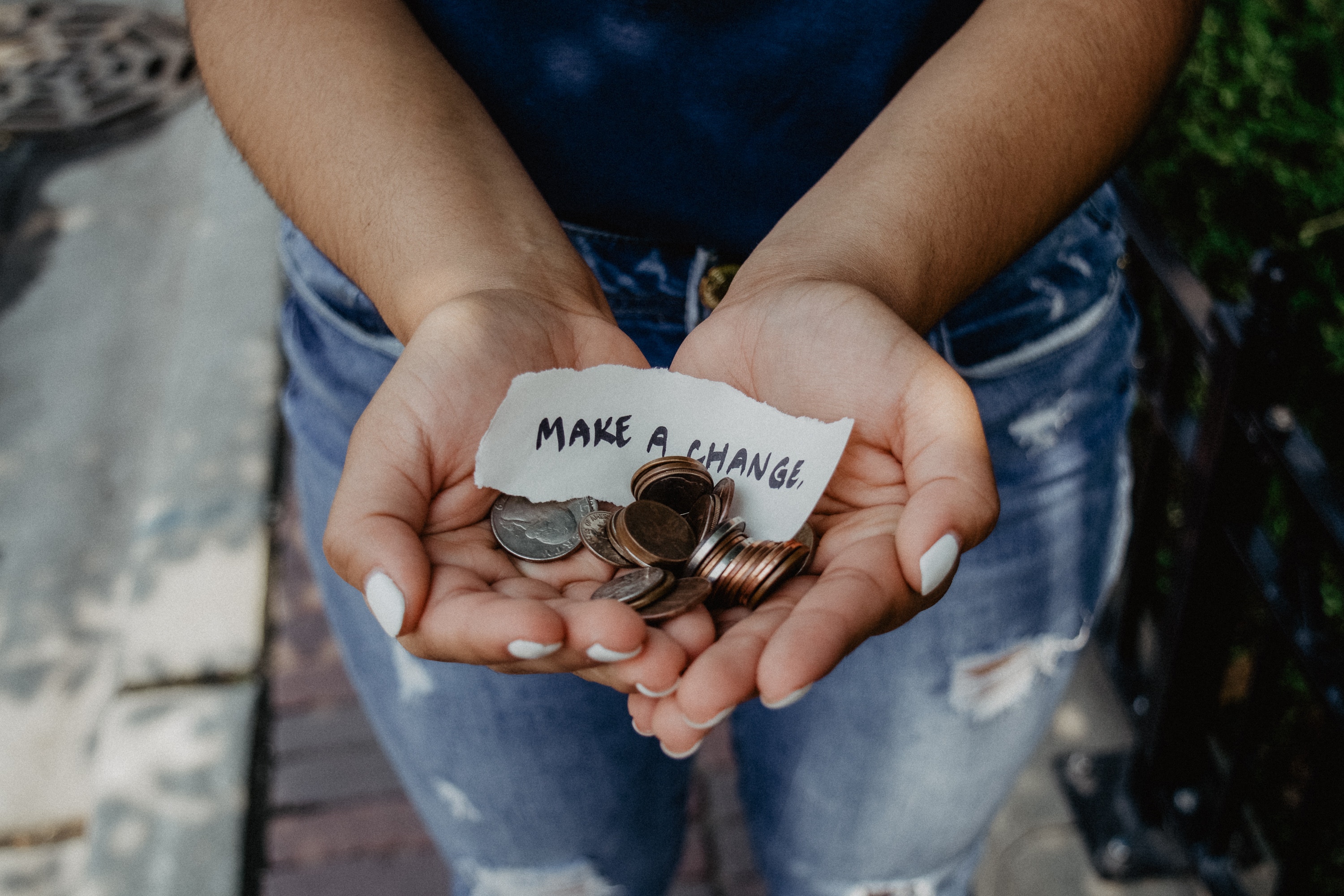
The 6 Stages of Changing Your Behavior
Anyone who has embarked on the process of transforming an element of their behavior, schedule, or routine knows that it’s far from easy. We’re wired to do things a certain way, and introducing a new habit — even a positive keystone habit that’s bound to produce a domino effect of other good habits — can feel extremely unnatural and uncomfortable.
In our opinion, everything gets easier when you have a series of steps to guide you along the way. (Where would we be without Ikea manuals and Pinterest recipes?) Changing a negative behavior or developing a habit is no exception. If you’re overwhelmed by either of these tasks, breaking it down into the six stages of behavioral change may just help you face your fear and rise to the challenge.

1. Precontemplation: Whether you were aware of it or not (and you probably weren’t), you most definitely have been in a state of precontemplation at least once in your life. Precontemplation is a true forerunner of behavioral change, which means that it’s often characterized by denial and maybe even a refusal to admit that a particular habit is negative or unhealthy. In precontemplation, you may believe that you’re simply stuck with a bad habit and that there’s no way to move beyond it. If you’re feeling resigned to a behavior that you know isn’t good, it’s time to start reflecting. Have you ever actually tried to make a change? What would happen if you were able to successfully make that change? (It would probably be pretty great, right?)
2. Contemplation: You’ve realized that there are benefits to getting past an unhealthy habit or behavior — and you’re beginning to feel hopeful about your potential to grow! Still, you’ve gotta take the bad with the good, and it’s entirely possible that you’re also coming to better understand the costs and challenges that are bound to come with change. After all, change is hard! During contemplation, you may find yourself focusing more on what you’re giving up than what you’re getting back. Combat this ambivalence by asking yourself why it’s so important to make the change in question.
3. Preparation: Despite the hesitations that come in the contemplation phase, you’ve decided that the benefits of making a shift probably outweigh the risks, so you begin taking baby steps. You make small adjustments to your routine. If your goal is to cut back on screen time, you stop charging your phone right next to your bed overnight and instead plug it in across the room. If your goal is to get more exercise, you start parking your car further away from the store when you’re running errands, or you take the stairs instead of the elevator. The preparation stage is a great time for researching what’s going to be most helpful and motivating to you if you decide to continue on the path of changing your behavior.

4. Action: Ready, set, go! During this fourth stage, you’re fully committed to change. You’re limiting yourself to a certain number of hours with your phone per day. You’re committing to workout classes and morning walks. If you find yourself slipping in the action phase, you might consider taking a step back and focusing on baby steps in the preparation phase. Once you feel yourself making progress, don’t be afraid to celebrate! Staying in touch with where you are in the process of changing your behavior is important, for better or for worse.
5. Maintenance: The trick in the maintenance stage is to practice avoiding formerly negative behaviors while sticking to your new habits. You may find obstacles to maintenance — a particularly busy day at work that requires you to stick with your phone for hours even after you get home, a rough patch of weather that makes it difficult for you to stick to your new exercise schedule — but learning to manage them is just part of the process. Set yourself up for success by anticipating things or moments that will tempt you to backslide and setting up a plan that will help you stay on track.
6. Relapse: You’re only human, and as you work to maintain your new behaviors, you’re bound to have a misstep here and there. If you relapse into bad habits, don’t let it break your self-confidence! Instead, circle back to the preparation stage, then work your way back through action and maintenance. In time, you’ll find yourself better able to maintain behavioral change for longer periods of time until it almost becomes second nature.
What first step are you going to take to change a habit? Tell us on Facebook or Instagram!
Featured image: Kat Yukawa/Unsplash; Dock image: Paola Chaaya/Unsplash; Sneaker image: Bruno Nascimento/Unsplash

